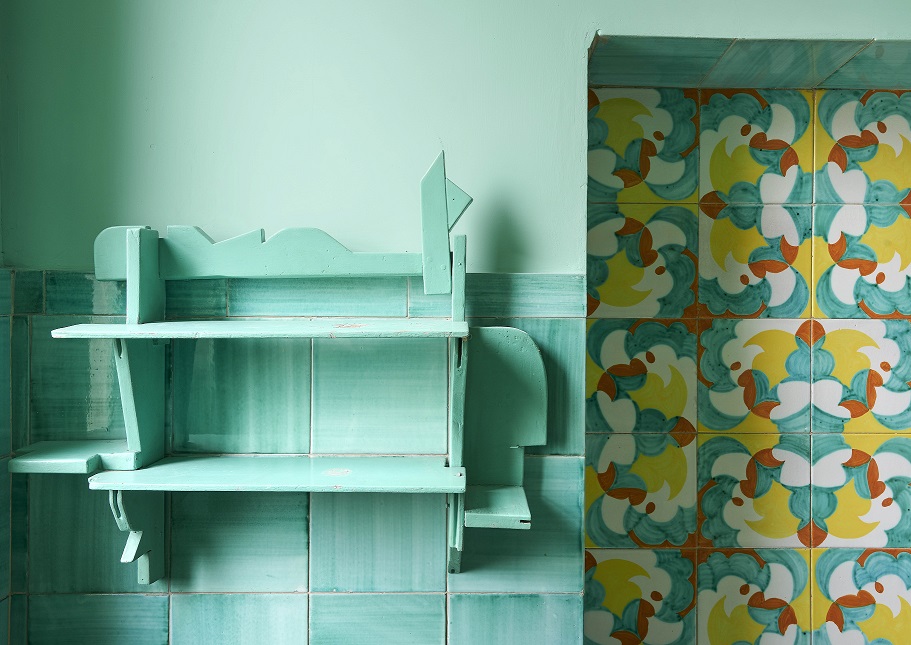A Futuristic House
Following the tremendous success of the exhibition ‘Casa Balla. From the House to the Universe and Back,’ the public opening of the extraordinary Futurist House in Rome, where Giacomo Balla lived and worked from 1929 until he died in 1958, continues until Dec. 31, 2022.
It was the summer of 1929 when the Balla family moved into the House on Via Oslavia, in the Della Vittoria neighborhood. A ‘clerical’ apartment that for Giacomo Balla, his wife Elisa Marcucci and their two daughters Luce and Elica, also painters, would become the home of life, the elected place transformed by the family into a work of art.
Discover the Fortuny Museum in Venice
Casa Balla is a laboratory of experimentation made of painted walls and doors, decorated furniture and furnishings, self-made utensils, paintings and sculptures, clothes designed and sewn in the house, and many other objects that, together, created a unique and kaleidoscopic total project. The house is a workshop, a universe dotted with shapes and colors. Even today, there is an atmosphere echoing the ideas expressed in the manifesto on the Futurist Reconstruction of the Universe, signed by Giacomo Balla and Fortunato Depero in 1915. In the Balla universe, functionality and aesthetics coexist, creating a new and vital union: Art invests everything and the objects designed and built for everyday use, tables, chairs, shelves, easels, ashtrays, plates, tiles, although poor in materials, are very rich in the creative vein and make the apartment a magical place of metamorphosis.
Casa Balla, an intellectual salon for many personalities in art and culture, closed its doors in the 1990s with the disappearance of the Signorine Balla. Declared of cultural interest by the Ministry of Culture in 2004, only today, thanks to a long and careful work of investigation, study and securing of the property curated by MAXXI and the Special Superintendence of Rome, in collaboration with the heirs, has it been possible to set up the House with the works of the Master and his daughters, and finally make it accessible to the public. All photos M3 Studio, courtesy MAXXI MAXXI.art









